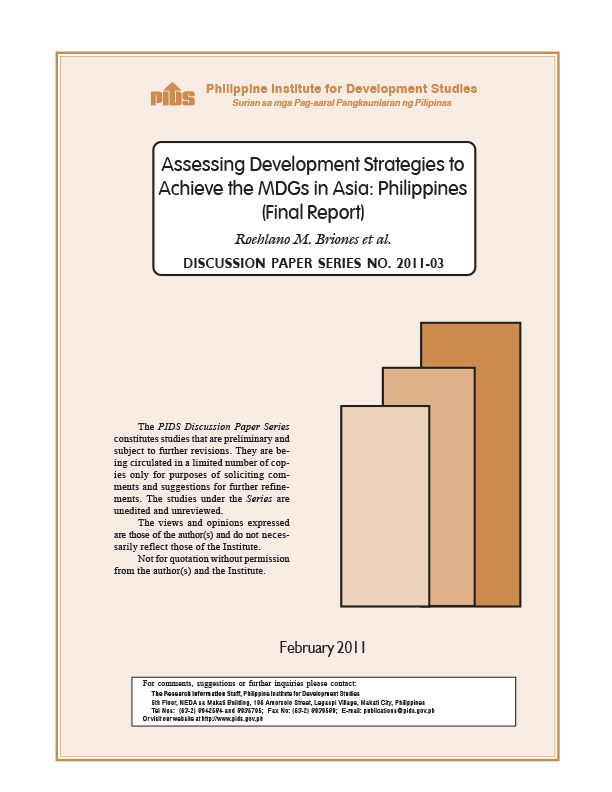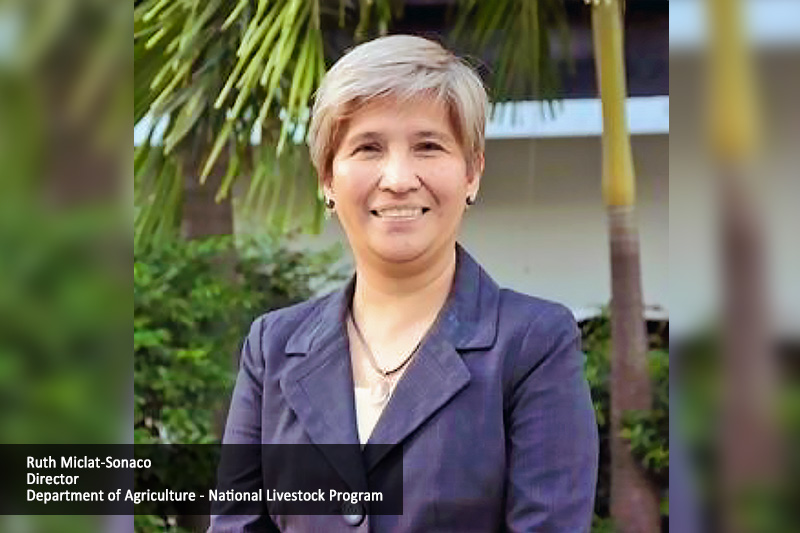THE “worst-case scenario” for the Philippines’ African Swine Fever (ASF) outbreak is one as serious as Vietnam’s, which has crippled that country’s livestock industry, analysts said.
They added, however, that much still depends on the effectivity of the government’s containment efforts, which if successful will minimize the damage.
“Best-case scenario, minimal effect. Worst-case scenario, this is as bad as what is happening in Vietnam and China, causing very significant damage to the livestock industry even in the last two quarters,” Philippine Institute for Development Studies Research Fellow Roehlano M. Briones said in a phone interview.
On Sept. 9, the DA confirmed the first cases of ASF in Rizal and Bulacan, where 7,416 hogs have so far been culled since Aug. 18 as a preventive measure. Agriculture Secretary William D. Dar has said these areas are now clear of ASF based on tests conducted since.
The Food and Agriculture Organization of the United Nations estimates that as of Sept. 12, about 1.17 million pigs have been culled in China. The equivalent figure for Vietnam is 4.6 million.
“It will depend on the effectiveness of control. It is a race. Effects? Yes, [there will be], but I can’t quantify,” Rolando T. Dy, executive director of Center for Food and Agribusiness of University of Asia and the Pacific, said in a text message.
Marites M. Tiongco, associate professor and dean of the School of Economics of De La Salle University, said the eventual impact might be minimal if the government’s containment measures work.
“It takes a few months to really eradicate the virus. What is important is to improve the biosecurity measures of the hog farms,” she said in a text message.
The Department of Budget and Management (DBM) has released P83.5 million to fund safety measures related to the ASF outbreak, while the Department of Agriculture (DA) has implemented quarantine procedures.
Hogs within a one-kilometer radius of an outbreak are subject to immediate culling and burial while area is disinfected. The next layer of quarantine is a seven-kilometer radius where the hog population is subject to testing and sampling. Within 10 kilometers, quarantine officers restrict the entry and exit of animals.
Mr. Briones noted, “Ang tanong na lang, kung lumabas s’ya doon sa (The only question is whether the disease has made it out of the) quarantine zone, doon talaga (that would be really) worrisome.”
Last week, dead pigs were found floating in the Marikina River, a creek in Bagong Silang, Quezon City, and in an irrigation canal in Malolos, Bulacan. About 50 pigs were found in Marikina City, about six were found in Quezon City, while 13 piglets were found in Malolos City.
Mr. Dar has said that dead pigs are being collected and buried and that the authorities are trying to determine the source of the dead pigs. He said there is a high probability that they came from hog farms reluctant to report outbreaks.
He also urged hog raisers to immediately report signs of the disease in their farms to ensure the implementation of quarantine measures.







